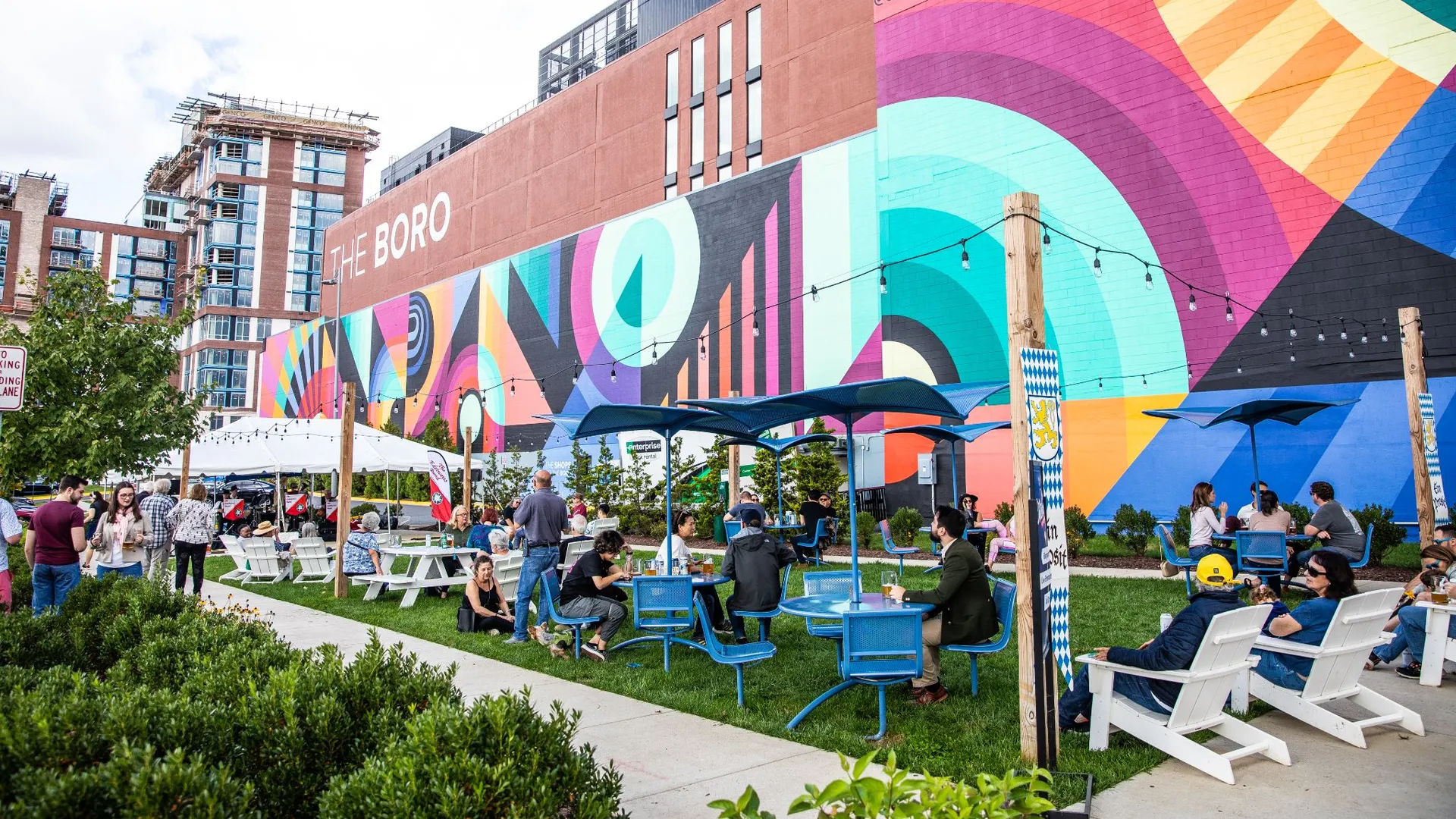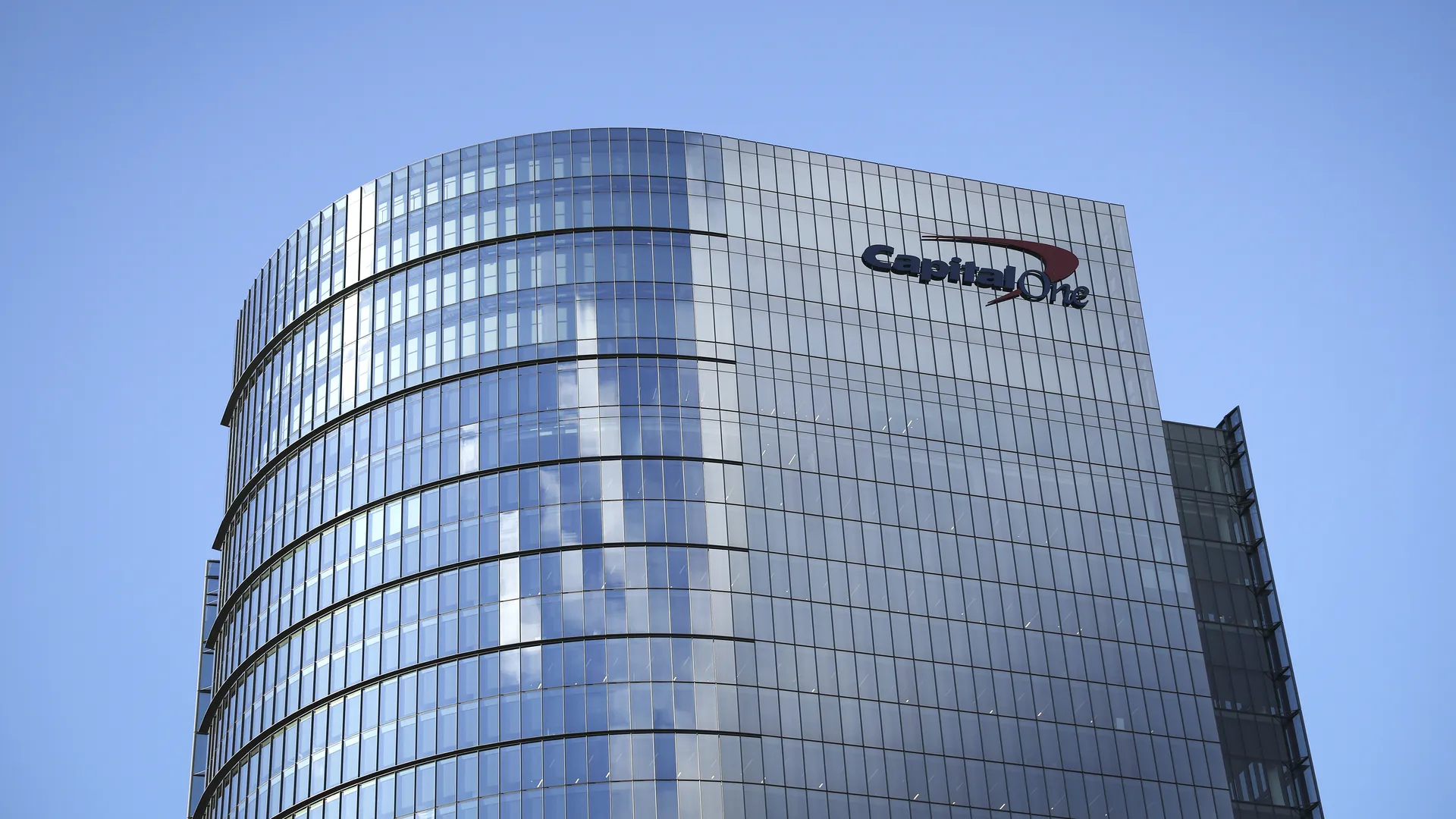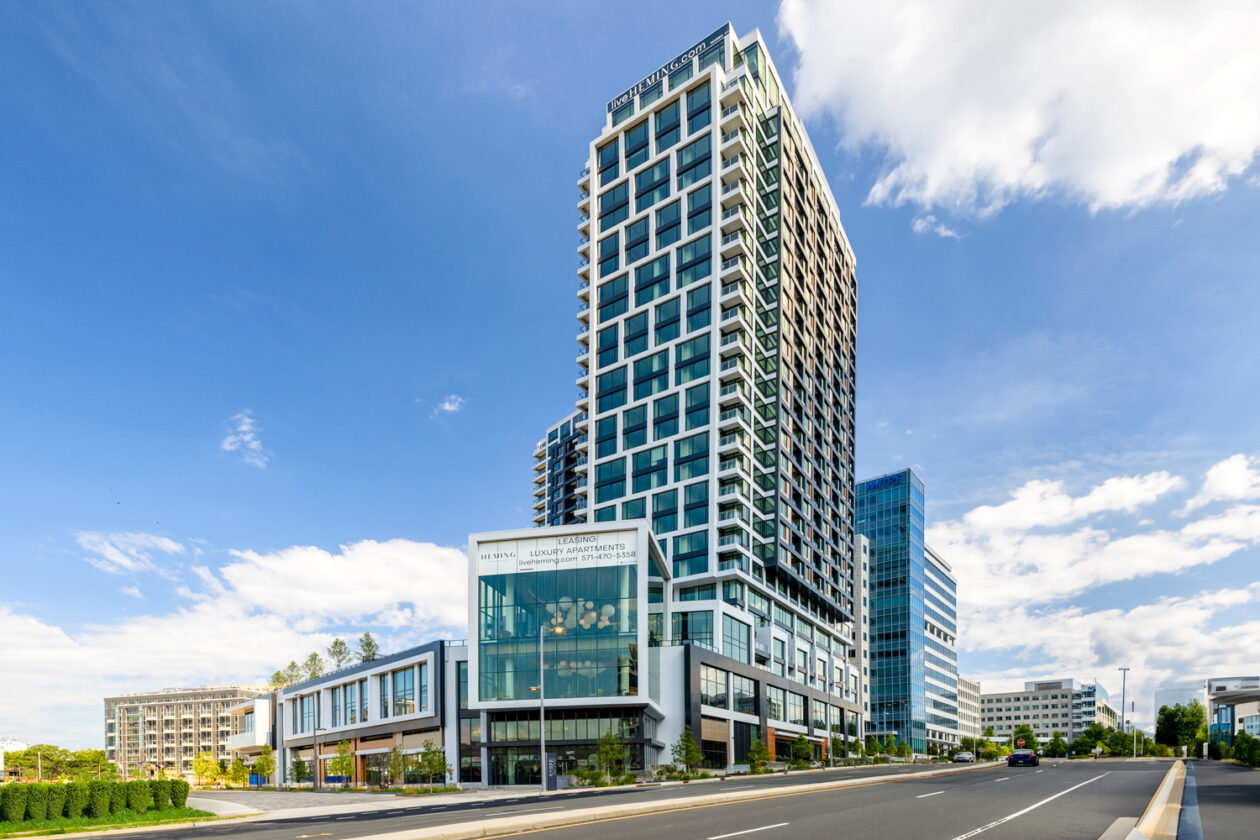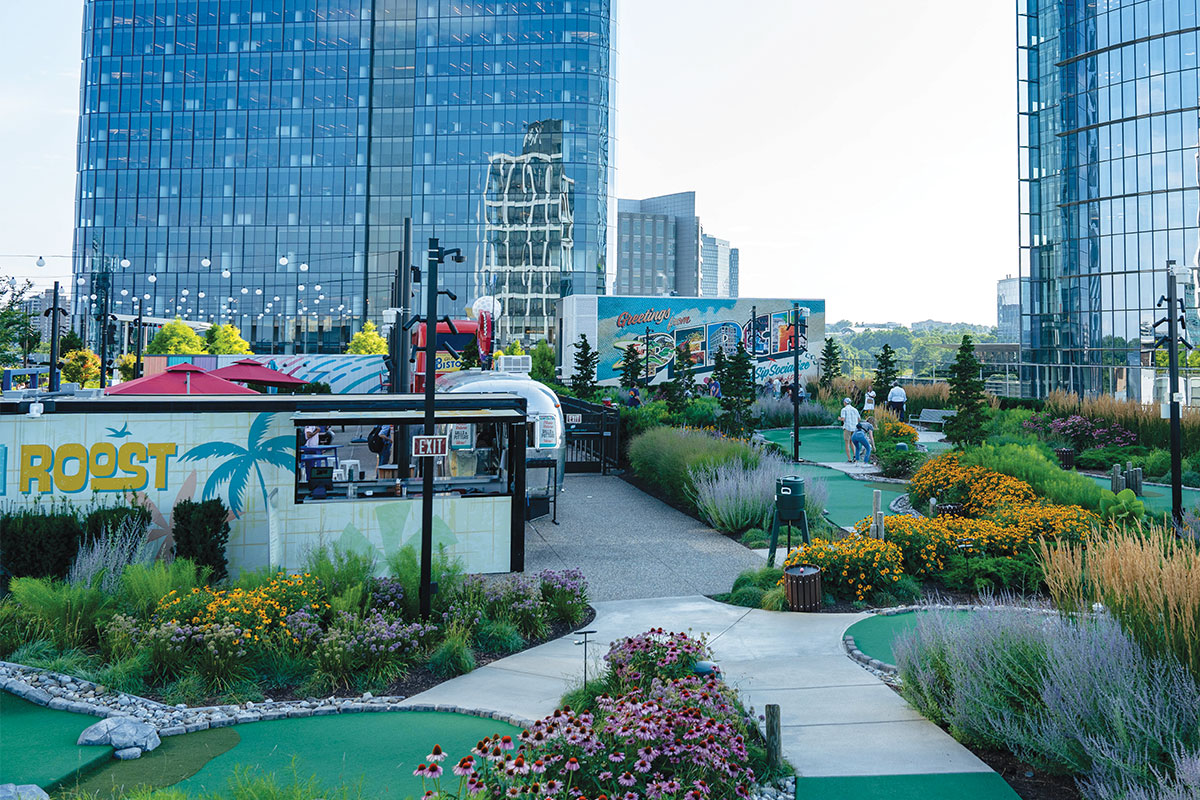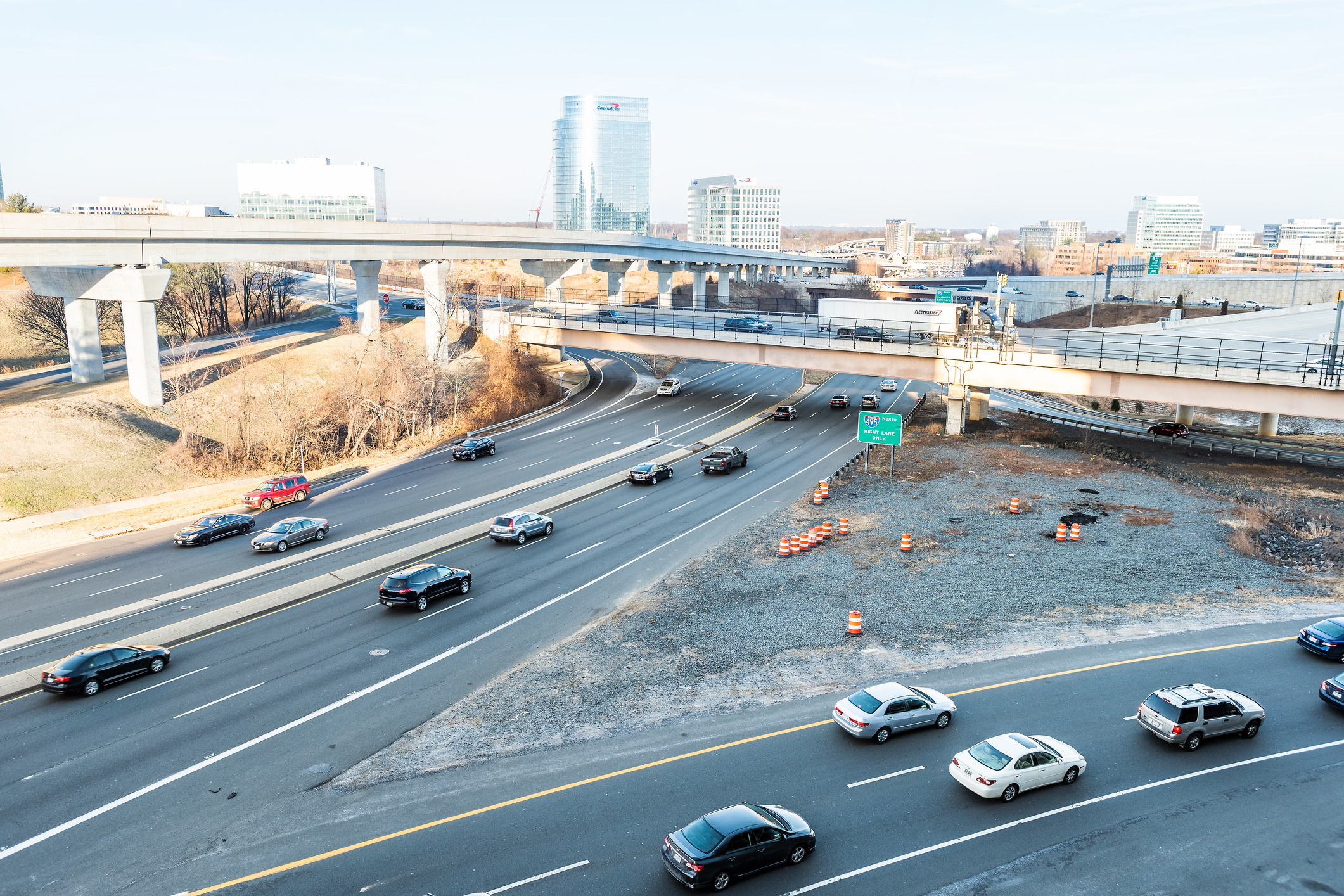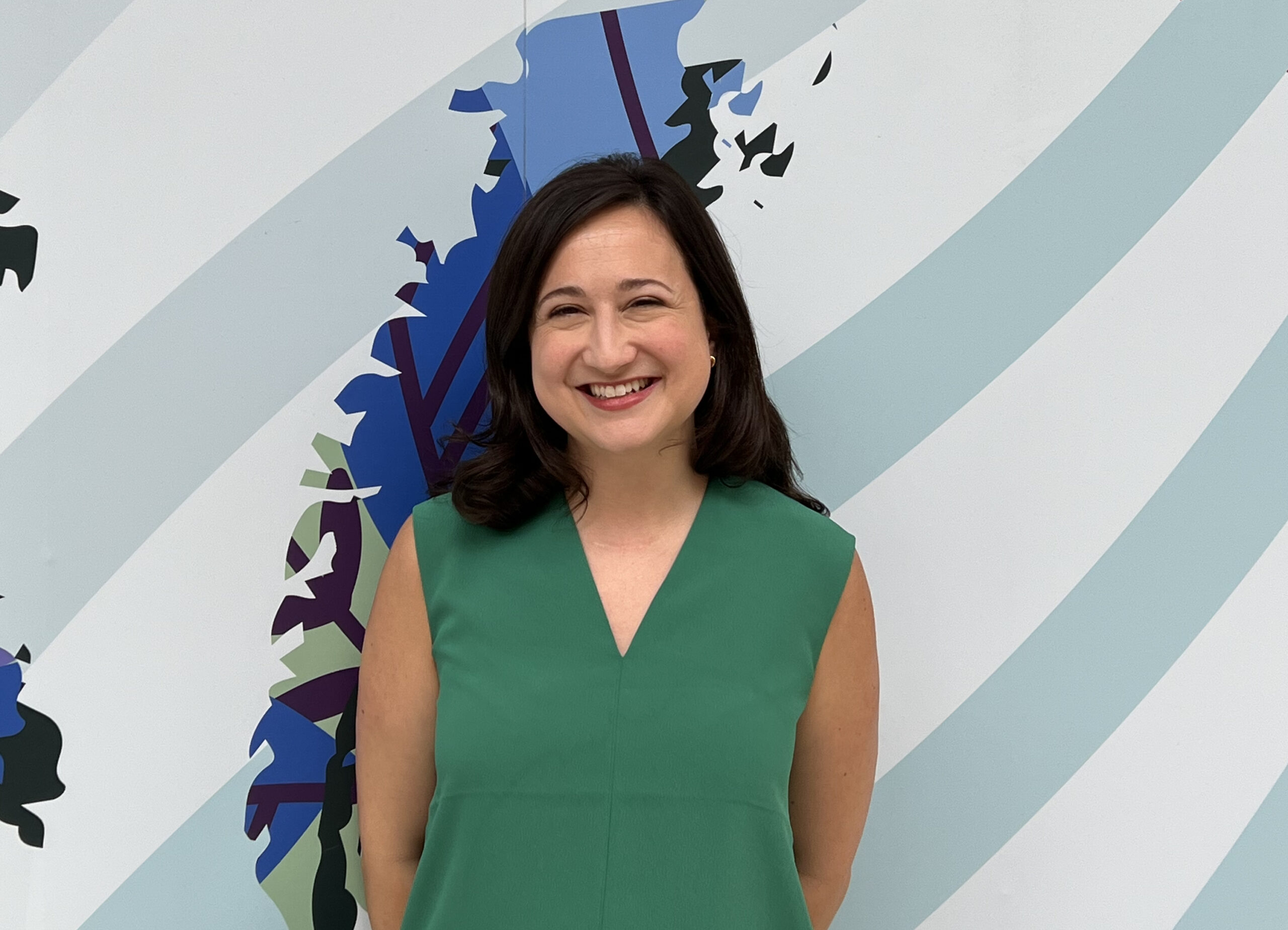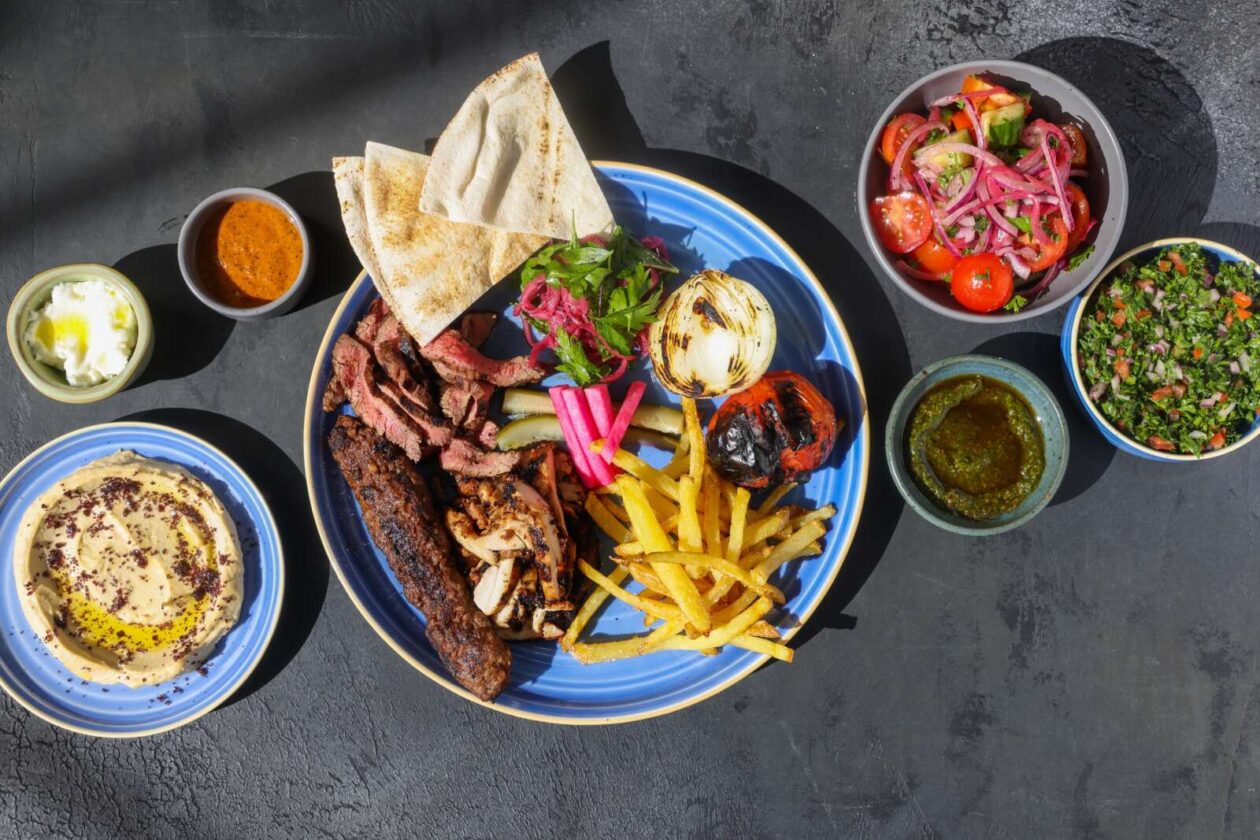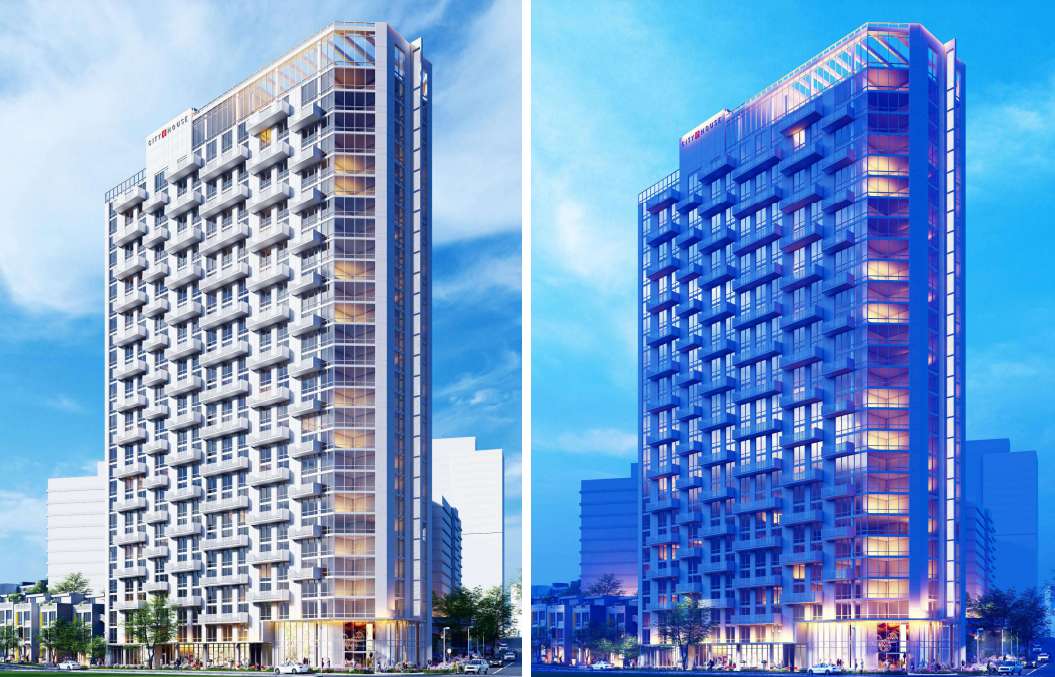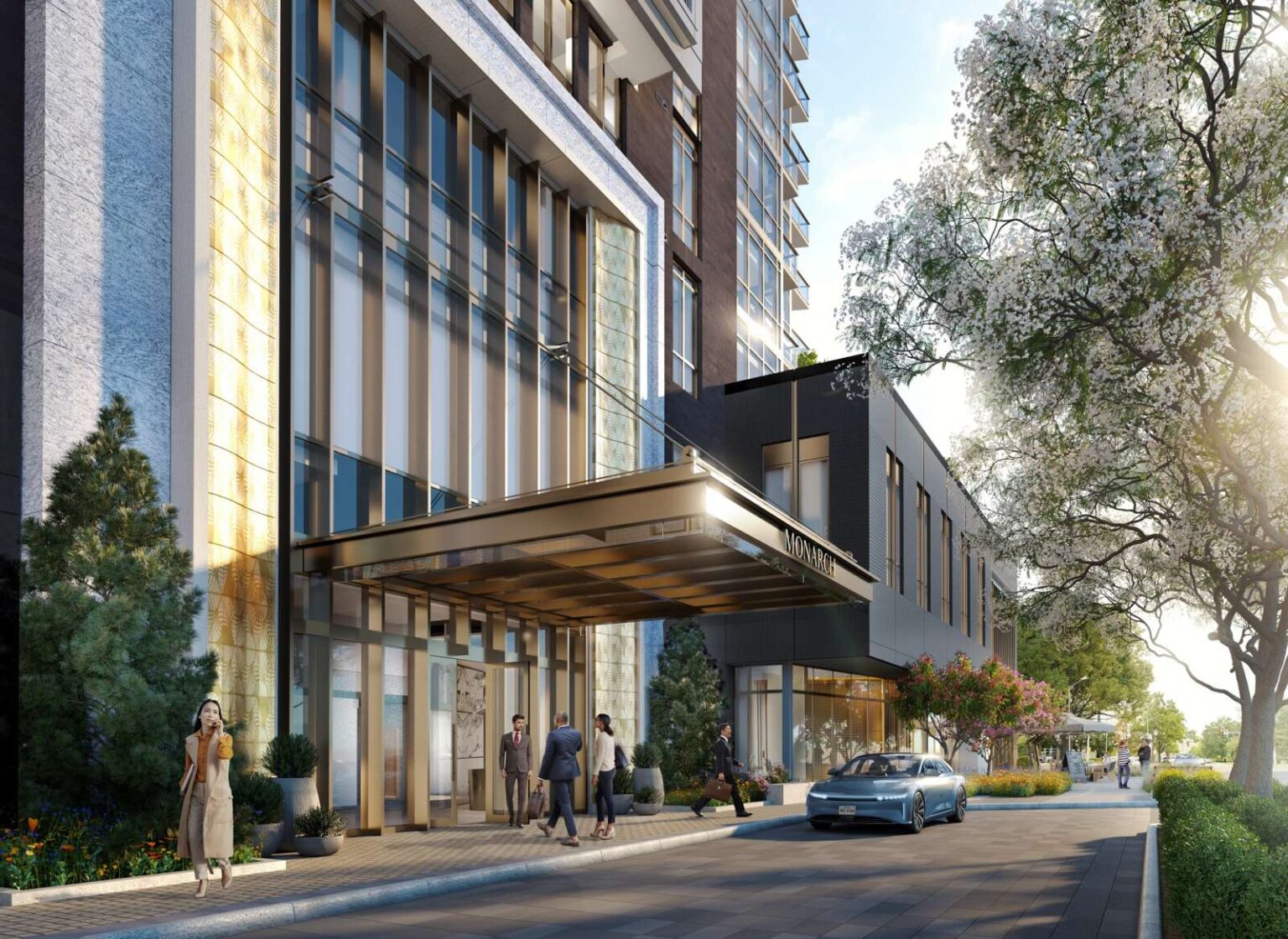Author: webdev
Newly completed high-rise will bring retail, outdoor plaza to Scotts Run in Tysons
New Report Shows Tysons is Evolving to More Than a Place to Shop and Work
Latest Market Study Reveals Tysons’ Strong Post-Pandemic Recovery Being Led by Exceptional Residential Growth
“If you Build it, They will Come” is Proving Successful for Tysons Comprehensive Plan
Tysons, VA – Results of a new Market Study released today by the Tysons Community Alliance reveal a strong post-pandemic recovery in Tysons led largely by an increase in new residents. Tysons’ population has grown by 17% since 2015, reaching over 29,000 residents. Moreover, it is projected that roughly 15,000 more residents will call Tysons home by 2030.
“The market study shows that the vision of the Comprehensive Plan, the County and region’s investment in transit along with the private and public sector commitments to designing place-based communities with access to amenities and services, have all laid the groundwork for a growing and diverse neighborhood,” stated Tysons Community Alliance CEO, Katie Cristol. “There is still a lot of work to do, but the results of this study clearly show a community on the rise.”
Emerging as a regional leader in household growth, Tysons’ household growth rate increased to 4% annually between 2015 and 2021. This is four times the Fairfax County average and two and a half times the regional average. Tysons’ population is also more diverse than Fairfax County as a whole.
“Tysons is no longer just a place to shop and go to work,” said Providence District Supervisor Dalia Palchik. “The addition of Metro and now the completion of the Silver Line, investment in parks and public amenities, as well as the construction of bike trails, is creating connections within Tysons, to the region and beyond. People recognize Tysons as the type of community that they want to call home.”
The new Market Report also estimates that, in order to meet the projected population growth to nearly 45,000 people, Tysons will need to add an additional 4,400 housing units by 2032 – and an additional 1,900 affordable homes (of which 625 are currently under development).
The urban district has also seen an extraordinary recovery in the retail sector and continues to be a local and regional destination. Retail visitation is at 92 percent of the 2019 average and spending is over $2.4 billion. 68 percent of these sales emanate from people visiting from more than 10 miles away, with 27 percent of visitors coming from over 50 miles away.
“What’s equally impressive is according to the Market Report, Tysons accounts for only one percent of Fairfax County’s landmass but generates eight percent of its tax revenue,” said TCA Board Chair Josh White. “The results of the study make it abundantly clear that Tysons continues to be a major economic driver for Fairfax County.”
Like many office markets across the country, Tysons is still recovering post-pandemic. Office vacancy rates are reporting at 20 percent with 5,600,000 square feet of vacant office space. Despite this high vacancy rate, employment grew 2.8 percent between 2020 and 2023, with office-using employment growth at 3.2 percent. Also, there are indications Tysons may be better positioned than most to adapt to the changing in-office weekly workflow. According to placer.ai data, which tracks activity based on the anonymous movement of cell phones, office visitation activity is at 77 percent of the 2019 average.
Though there is still room for transportation infrastructure improvement, Tysons is making good progress to better its mobility network, moving towards the 2040 goal of an integrated and connected multi-modal urban district. Between 2020 and 2023, Tysons’ overall “Walk Score” increased to 57 from 54, higher than regional comparators like Reston and Bethesda. Similarly, the area’s “Transit Score” increased to 57 from 53, up four points. Tysons also saw a 3% increase in car-free households between 2021 and 2019.
Since the adoption of the Comprehensive Plan in 2010, roughly 34 acres of park space have opened to the public, bringing the total acreage of publicly accessible parkland to approximately 124 acres. In addition to the creation of more parks, development proffers have provided Tysons with landmark destinations like Capital One Hall and The Boro, with future developments set to provide additional parks and community spaces, etc.
The Market Study was conducted by HR&A along with Toole Design and Wells & Associates and is one step in the Tysons Community Alliance’s larger strategic planning efforts currently underway. The process of developing this plan to accelerate and catalyze the transformation of Tysons has included stakeholders from the private and public sector, as well as residents and small business owners, collaborating on issues like the future of the office market and hospitality sector, as well as mobility, retail, public facilities and housing.
The strategic plan is also a springboard for the Tysons Community Alliance’s efforts to engage and elevate the voices of the broader Tysons community. The TCA today launched a public engagement effort asking Tysons residents, businesses and the extended community to participate in taking a series of short but comprehensive community engagement surveys. The surveys encapsulate six focus areas (Transportation, Retail, Residential, Parks, Hospitality, and Work/Office) and are designed to assess the Tysons’ experience. The full Market Study can be found on our website.
###
About Tysons Community Alliance
Tysons Community Alliance is a non-profit, community improvement organization founded with a mission to further promote economic and social development in the Tysons area. TCA actively works to foster collaboration and partnerships between members of the local business community, residents, government, and non-profit organizations.
To learn more about TCA visit our website tysonsva.org, or follow us on Twitter / X, LinkedIn, Instagram, and Facebook. If you are interested in joining our mission to further transform Tysons into a vibrant, dynamic urban center, please contact info@tysonsva.org.
In May, it was officially announced that former Arlington County Board Member Katie Cristol would serve as the first permanent CEO of the Tysons Community Alliance (TCA).
On her second day as CEO, Cristol sat down for an interview with TCA’s Content Specialist Julia Parker.
Katie’s Journey to CEO
Although she was born in Georgia, Cristol considers herself, more or less, a DC native.
“I grew up in the region,” said Cristol. “When I was eight years old, my family and I moved from Atlanta, GA to Montgomery County, Maryland, a stone’s throw from Tysons.”
Attracted to the Commonwealth, Cristol decided to attend the University of Virginia where she received her undergraduate degree in Political and Social Thought. And after receiving her master’s in Public Affairs at Princeton University, she decided to settle in Arlington to begin her work in education policy.
In 2015, Cristol ran for the Arlington County Board and won. “There were six men running for the Board that year. No women,” said Cristol. “And as I often joke, I thought at the time, ‘Well, I’m going to enter this race and talk about the issues I care about, such as childcare affordability and community response to sexual assault – so that whichever of these men win, they’ll have to remember those issues.’”
After winning the county board race in 2015, Cristol also served as board chair from 2018 to 2022.
“It’s been a pretty amazing eight years in Arlington getting to work on the exact issues that made me run in the first place,” said Cristol. “It is also where I fell in love with the interconnected issues of housing, economic development and transportation. I had the joy of getting to really know the regional landscape, particularly through transportation. There are no islands in this region. We are all so interconnected.”
Stepping Into the Role and Shaping TCA’s Mission
“One of the things that’s so exciting to me about coming into this role is the opportunity to build this organization,” said Cristol. “And thinking about how this organization can model what we’re trying to achieve in the Tysons community.”
Cristol’s delight in joining the TCA can also be credited to her involvement in the working group that helped create our organization.
“I was able to support, in a facilitation role, the working group that built the blueprint for the TCA. Starting back then, and even more so now, you can see a real willingness from both sectors to truly work together to maximize each other’s assets. Tysons itself has such a diverse and talented resident and employee base. And so, as an organization that serves the community, it’s important to reflect some of the same dynamism of the people who live and work here.”
Prioritizing equity in Tysons has long been on Cristol’s radar.
“One of the core principles that we sought to thread throughout our work is the idea of equity. When we were building TCA’s blueprint, we used Fairfax County’s framework of equity questions to help guide us. We asked, ‘who are these actions going to benefit or burden?’, ‘how will we know impacts?’, and ‘which communities have been, or will be, engaged?’”
Vision for the Future of Tysons
As the new CEO, Cristol is already committed to learning more about how people get around in Tysons, particularly their transportation choices.
“To me, transportation is such a key focus area and there’s a lot to be done in terms of figuring out the right relationship with Fairfax County,” said Cristol. “How can we make sure that TCA leverages and complements the County’s efforts without duplicating what they’re doing? Walkability is the biggest challenge and opportunity for Tysons. So that means we have to be laser focused on it. And I think we get there through relationship building and really pursuing the shared vision for mobility in the Comprehensive Plan for Tysons.”
Tysons continues to attract some of the largest corporations in the country. It is also home to a plethora of small businesses that play an integral part of the local economy and community.
“Here in Tysons, we have a chance to work on making sure that we aren’t displacing the small businesses that make this place special, too. Truly understanding the small business perspective is a way to get a window into the incredibly diverse tapestry that is Tysons.”
“One of the things I look forward to coming out of TCA’s placemaking work is how we, as an organization, can help uplift the amazing cultures that are here,” said Cristol. “Whether it’s the Vietnamese Lunar New Year Festival or Nowruz, the Persian New Year celebration, we all, as humans, celebrate with food, arts and expression. That’s what culture is. So, how do we make that an important part of our placemaking strategy?”
When asked to describe Tysons in one word, Cristol responded, “dynamic.”
“This may sound like a cliché, but the word means motion and continuous activity. When I think about what we’re trying to build or see more of in Tysons, it’s the opportunity that happens when people who are working in a small startup meet the right person at a major employer at a TCA happy hour. Or when an artist is able to attend a food festival of a culture that’s totally unlike theirs, and that sparks a fascinating new artistic idea. So, I would say Tysons is a dynamic place where serendipitous collisions can occur, or at least that’s what the TCA’s goal is.”
Join us in welcoming Tysons’ newest champion to the team! To stay up to date on the catalytic work TCA is undertaking, subscribe to our newsletter here or follow us on social media. You can find us on Facebook and LinkedIn at @TysonsCommunityAlliance, or on Instagram and Twitter at @tysons_va.
